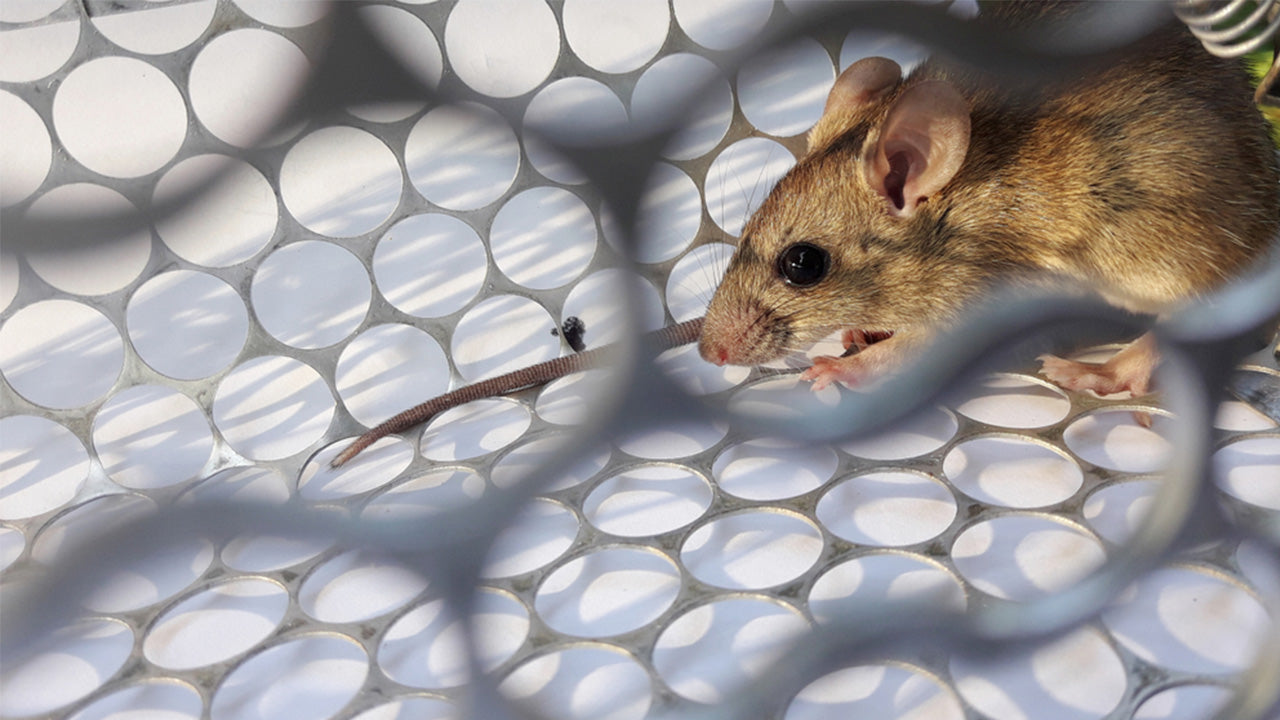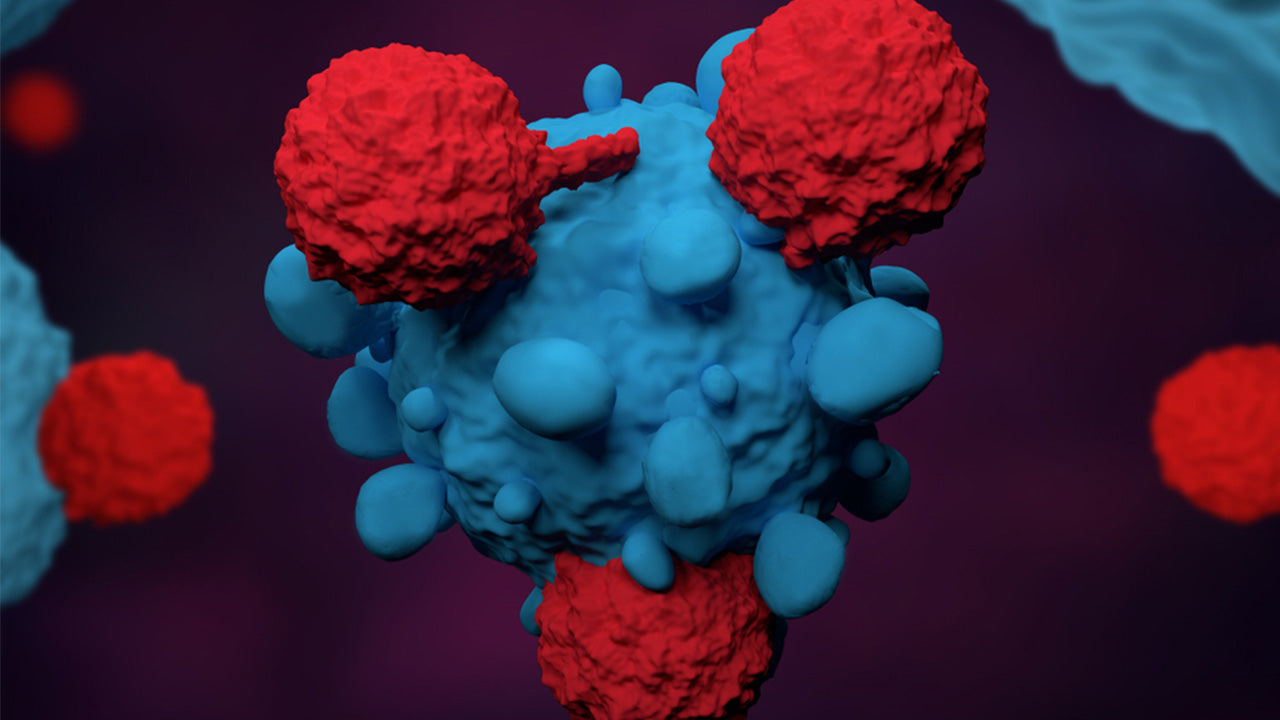What Is Hantavirus? Causes, Symptoms and Treatments
 By: by Amino Science
By: by Amino Science

Though hantavirus is far from a common disease—in fact, only 728 cases had been reported as of January 2017, according to the Centers for Disease Control and Prevention (CDC)—the condition is not one to be taken lightly. Scientists have found that this infectious disease, formally known as hantavirus pulmonary syndrome (HPS) when it appears in humans and transmitted by contact with certain wild rodents and their habitats, can result in flu-like symptoms that, in severe cases cause respiratory failure. Because hantavirus progresses quite quickly, early identification of key symptoms can mean the difference between life and death. Read on to learn what causes this respiratory illness, key symptoms of hantavirus, and what to expect when you seek treatment.
What Is Hantavirus Pulmonary Syndrome?
In 1993, the first cases of what we now know to be hantavirus were identified in the Southwestern United States, specifically, in the Four Corners region where the "corners" of Arizona, New Mexico, Colorado, and Utah meet. By 1995, hantavirus pulmonary syndrome (HPS) had been recognized as a nationally notifiable disease.
Hantavirus again attracted attention in 2012 when a relatively large outbreak occurred at Yosemite National Park in California. The Yosemite outbreak was linked to deer mouse dropping contamination of campsites used by tourists. It's likely that the outbreak was fueled in part by the availability of desirable nesting materials in woodpiles located in or near campsites.
How Hantavirus Infections Get Transmitted
As touched on previously, most cases of hantavirus are transmitted to humans via contact with rodents or rodent habitats. To date, cases of HPS in the United States have been shown to stem from human interactions with rodents; rodent urine, droppings, or saliva; dust, dirt, or surfaces contaminated with such items. Either direct physical contact or the inhalation of aerosolized shed viruses can cause a human to contract HPS.
Transmission via physical contact is a familiar mechanism to many. In the case of HPS, one scenario for an encounter with a disease vector might be a bite from an infected rodent. Alternately, someone could contract hantavirus by touching the eyes, nose, or mouth after coming into contact with infected materials.
Transmission of aerosolized viruses can seem a bit more abstract, though it poses just as serious a risk. For example, when cleaning up an area littered with rodent droppings or dead rodents trapped in order to end a rodent infestation, it's possible even if you take precautions such as wearing gloves, you will inhale small, infected particles. Once inhaled, the particles carrying hantavirus travel to patients’ lungs, where the diseases starts invading small blood vessels. Over time, the lungs fill with fluid, resulting in more serious respiratory issues.
In rare cases, doctors have reported the hantavirus passing from one human to another. To date, this transmission mechanism has been documented exclusively in South America, not North America.
Who Faces an Increased Risk of Hantavirus Infection?
Public health experts in the United States have found that the illness is most common in rural areas. Outbreaks so far have been concentrated in Western states (Texas saw its first case in 2015), though cases have also been reported in New York and other Eastern states. The illness tends to crop up in the spring and summer months.
Anyone who lives or works in places with large rodent populations will be perforce more likely to develop the illness. It's far preferable to treat hantavirus by preventing its transmission in the first place, meaning extra precautions such as the routine use of gloves as well as masks that cover both the nose and mouth should be taken by those whose lifestyles involve:
- Cleaning or working in abandoned buildings
- Working in construction or pest control
- Camping, hiking, or walking in the woods
Homeowners should take care when cleaning out basements or attics or removing rodent traps from the home. You can also reduce your risk by sealing holes in walls and roofing so rodents can’t enter the home, covering all garbage bins, and clearing brush and grass around the home to limit possible nesting sites.
A brief note: not all rodents carry hantavirus. The following rodents have been found to transmit the virus: deer mice, cotton rats, rice rats, and white-footed mice. Given that most humans cannot differentiate between types of rodents on sight, it's wise to avoid caution with all mice and rats.
Identifying Signs and Symptoms of Hantavirus Pulmonary Syndrome
Individuals who contract hantavirus tend to experience the illness in two distinct phases. The most dangerous symptoms of hantavirus pulmonary syndrome—those affecting respiratory function—occur in the second phase. Because hantavirus pulmonary syndrome has a mortality rate of 38%, it’s important that patients who think they may be at risk for hantavirus seek immediate medical attention, even if they have yet to show signs of the respiratory symptoms of HPS.
During the first stage, patients may experience flu-like symptoms such as:
- Fever and chills
- Dizziness
- Headache
- Muscle aches and pains affecting the thighs, hips, back, and shoulders
- Abdominal pain
- Vomiting and diarrhea
The first phase of hantavirus lasts between 4 and 10 days. At that point, patients may begin to suffer more serious signs and symptoms, including:
- Coughing
- Shortness of breath
- Fluid accumulation in the lungs
- Low blood pressure
- Heart problems
Additionally, hantavirus patients may suffer from high and low urine production, leaky blood vessels, and organ failure. For this reason, seeking immediate treatment for hantavirus is crucial.
Diagnosing Hantavirus
Because there’s no simple test for hantavirus, diagnosing HPS can be complex. Doctors sometimes mistake the disease for influenza because of the overlap between early symptoms like fever, fatigue, and muscle pain.
Typically, physicians confirm a diagnosis of hantavirus by taking a complete history that includes potential exposure sites. If patients live or work in rural areas and have been experiencing shortness of breath, it's more likely that HPS will be considered.
Common Hantavirus Treatments
Although hantavirus is a treatable condition, options become increasingly limited as the disease advances. This makes early hospitalization and supportive care, such as essential amino acid therapeutics optimized to promote recovery, essential for maximizing positive outcomes. In general, patients who fail to seek treatment before experiencing full respiratory distress are less likely to recover from the disease.
In some cases, patients with hantavirus pulmonary syndrome may need to be admitted to an intensive care unit for intubation, mechanical ventilation, and other treatments. By placing a breathing tube down the throat, doctors can keep airways open and manage fluid in the lungs.
Patients may require extracorporeal membrane oxygenation to control oxygen levels. This process involves pumping blood through a machine that removes carbon dioxide and delivers oxygen.
There is not currently a vaccine to protect humans from developing hantavirus.


Up to 25% off Amino
Shop NowTAGS: conditions
Join the Community
Comments (0)
Most Craveable Recipes




 833-264-6620
833-264-6620



















